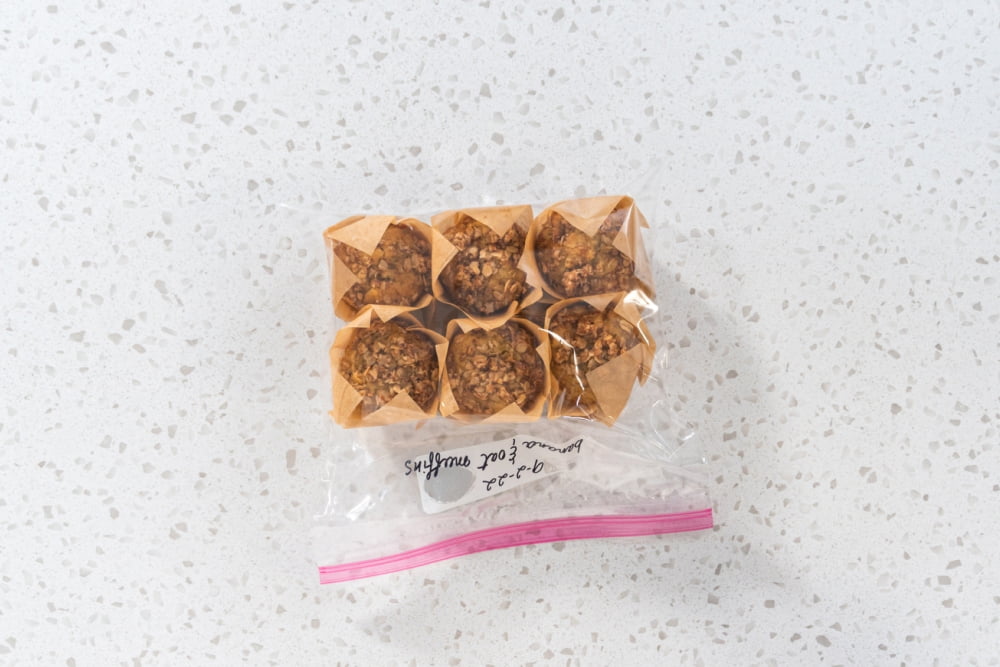6 storage and packaging errors to avoid with resealable bags

Resealable bags are extremely practical supplies for storing and packaging all kinds of things. The bags are usually air-tight and leak-proof, so they can be used to store perishable items like food. Their reusability makes resealable bags more environmentally friendly than single-use plastic bags. Additionally, they are incredibly easy to use and store. However, it is important to avoid some storage and packaging mistakes to get the most out of resealable bags.
1. Ignoring wear and tear signs
Resealable bags are not entirely damage-resistant. So, one should check them for damage. Signs such as tiny holes, worn-out zippers, or weak seals indicate damage and the need for replacement. Damaged bags cannot protect and hold the items for the desired duration. For instance, if the bags have holes and scratches, they cannot keep moisture and dust away, making the items inside the bags prone to damage. So, looking for such signs is important for ensuring the stored items stay untouched and damage-free. Upon noticing such issues, one should discard the old bag and replace it.
To make a sustainable choice, one can consider investing in eco-friendly bags available in the market. These resealable bags are made using high-quality silicone or fabric, making them less prone to damage being more resilient in nature. As a result, they last for several years, meaning their utility can be put to good use for long periods. Additionally, their environmental sustainability helps them reduce plastic waste on the planet.
2. Not cleaning bags after every use
Like any reusable storage container, resealable bags can get dirty with each use. So, cleaning and sanitizing these bags is essential to continue using them for a long time. There are two essential steps for properly cleaning and sanitizing the bags.
- The first step is to wash the bags, especially to get rid of food residue and the smell of foods that were placed in the bags previously. One can use warm, soapy water to eliminate any traces of food in the bags. Cleaning both the inside and outside of bags is crucial here.
- After each wash, bags need to be air dried in a way that all moisture is completely gone. If moisture remains in the bag, it can lead to mold or mildew growth, making it unsuitable for food storage.
Here, opting for dishwasher-safe resealable bags can help one save some time and effort in cleaning the bags. Further, dishwasher-safe bags will not undergo physiological and major chemical changes when exposed to soapy water and dishwasher cycle.
3. Choosing the wrong size
The right bag size depends on what one needs to store in resealable bags. One should find a bag that can easily accommodate the items and is neither too small nor too big. Choosing the wrong size can cause a range of issues, such as inefficient space utilization and compromised protection. One can check the kind of things they need to store in resealable bags for long periods. The goods need to fit in a way that there is just a tiny bit of spare space left in it after the goods are stored within it. If that is not the case, then the bags are clearly not the right size.
4. Overfilling resealable bags
This is another common mistake to avoid when filling up resealable bags. While many such bags may be flexible, they can still get damaged with heavy usage. Overstuffing the bags simply makes them progressively more and more vulnerable to damage. So, one must not try to store more things than the bag can comfortably accommodate, as doing so puts the stuff stored within and the bags both at risk of damage.
5. Sealing bags incorrectly
Improper sealing can lead to problems like contamination, leakage, and spoilage when storing perishable foods. Additionally, not sealing the bags entirely beats the purpose of using these bags in the first place. So, after inserting the items into the bags, one should run their fingers at least twice through the seal/ziplock or sticky portion of the bag to ensure the seal is intact and the items inside will not escape the bag. Sealing the bags properly ensures that external elements such as air and moisture do not touch the bag.
6. Storing incompatible things
Certain objects are simply not meant to be stored in resealable bags. For instance, volatile products and those that react poorly with the bag material (plastic or silicon). Apart from storing incorrect objects, another grave mistake to avoid making is placing two incompatible objects together in the bag. For instance, mint candies and cola sachets can be a bad combination as both react in a volatile way with each other, releasing gas and exerting pressure on the bag. Further, two incompatible things can ruin other things stored within the resealable bag and the bag itself. So, one should verify if certain things should be stored in air-tight bags and which items are best stored together.
In addition to the abovementioned mistakes, one should also avoid storing the plastic resealable bags under direct sunlight. If storing food, placing the sealed bag in the fridge or freezer is a better idea. If storing other items, like jewelry, placing the bags in dry, cool places, say, in a cabinet or on a shelf away from sunlight and windows, is ideal.